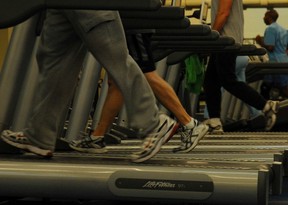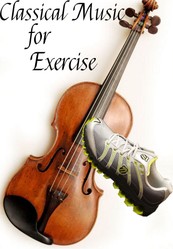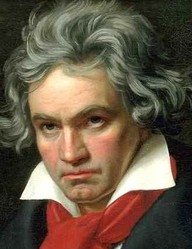Typically, when we're looking for music to put on an 'exercise playlist', we'll choose modern music with a solid, steady beat. After all, the Moonlight Sonata wouldn't be motivational for a power walk, much less a jog.
Classical music is for relaxation. It's music to read to, music to send you off to sleep, to unwind, or to meditate. At a push, you might use classical music to exercise if your chosen exercise is yoga or Piilates. But for a run, lifting weights or a few rounds of gym equipment, you need something with a bit of oomph. So, that's classical music out, right? Wrong.


 Most of us tend to lean toward modern, beat-heavy music when looking for soundtracks to our workout. However, classical music may, in fact, be more beneficial. And here's why.
Most of us tend to lean toward modern, beat-heavy music when looking for soundtracks to our workout. However, classical music may, in fact, be more beneficial. And here's why.








 How to Avoid College Debton 07/31/2014
How to Avoid College Debton 07/31/2014
 Was Charlotte Bronte Jealous of her Sister Anne?on 07/15/2014
Was Charlotte Bronte Jealous of her Sister Anne?on 07/15/2014
 Whose Side is Cancer Research UK on?on 07/06/2014
Whose Side is Cancer Research UK on?on 07/06/2014
 A Plot Summary of Electra by Sophocleson 07/05/2014
A Plot Summary of Electra by Sophocleson 07/05/2014



Any other pieces of classical music that you like to listen to when exercising?
Hello, Mira. Nice choice! I've only recently got into using classical for workouts. I'd always gone for more obvious choices, but I really enjoy classical and started to think, why not use it for exercise? It definitely works.
I never thought of listening to classical music while exercising. Your suggestions are great :) I guess I'd listen to nervy violin pieces, like Ravel's Tzigane, even if the BPM may look odd for exercising.